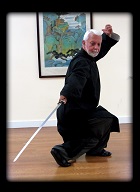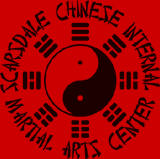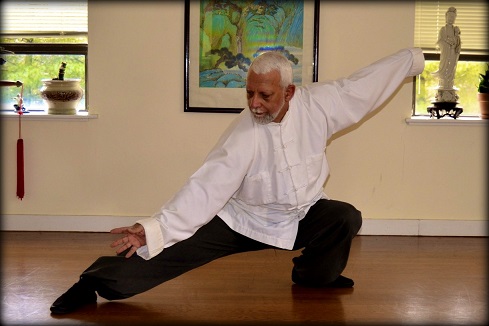| Home | ||
|
|
||
| Internal Martial Arts | ||
| - | Philosophy | |
| - | History | |
| - | Tai Chi Chuan | |
| - | Hsing-I Chuan | |
| - | Bagua Zhang | |
| - | Further Reading | |
|
|
||
| The School | ||
| - | General Classes | |
| - | Adult Classes | |
| - | Weapons Training | |
| - | Directions | |
| - | Testimonials | |
|
|
||
| Frequently Asked Questions | ||
Click here to send feedback.
|
||||||||||||
A Short History of Tai Chi Chuan
Originally a book of divination and later a manual for interpreting the order of all things in life, the I-Ching, one of the Five Classics of Confucianism, also promotes correct living, morality, and the harmonious understanding of man's place in the Universe; all concepts generally taught and practiced by practitioners of Tai Chi Chuan. Explanations attributing the origin of Tai Chi Chuan to Chang San-Feng (advanced by the Yang School) or to General Chen Wang-Ting (advanced by the Chen School) are not generally accepted by most scholars. We do know, however, that in the Tang Dynasty (AD 618-906) a Taoist hermit named Xu Xuan Ping practised an art known as 37 Patterns of Tai Chi, and at about the same time on Wudang Mountain a Taoist priest named Li Dao Zo practised an art called Primordial Long Fist, similar to the 37 Patterns of Tai Chi. There are other historical references to similar pugilistic forms in the later Liang Dynasty, but by and large there is no general consensus as to the exact origin of the art of Tai Chi Chuan. |
||||||||||||
|
Videos
|
||||||||||||
|
Last modified: August 2017
|


 Although there is no agreement among historians and authorities on the subject as
to the origin of Tai Chi Chuan, there is general consensus of Martial Activity in
the Wudang Mountains from about the year 2600 B.C. onward. The term "Tai Chi" referring
to the Universe at large, is itself derived from the I-Ching or 'Book of Changes'
believed to be some 5,000 years old, and whose writing is credited to the legendary
Yellow Emperor, Fu Hsi.
Although there is no agreement among historians and authorities on the subject as
to the origin of Tai Chi Chuan, there is general consensus of Martial Activity in
the Wudang Mountains from about the year 2600 B.C. onward. The term "Tai Chi" referring
to the Universe at large, is itself derived from the I-Ching or 'Book of Changes'
believed to be some 5,000 years old, and whose writing is credited to the legendary
Yellow Emperor, Fu Hsi.